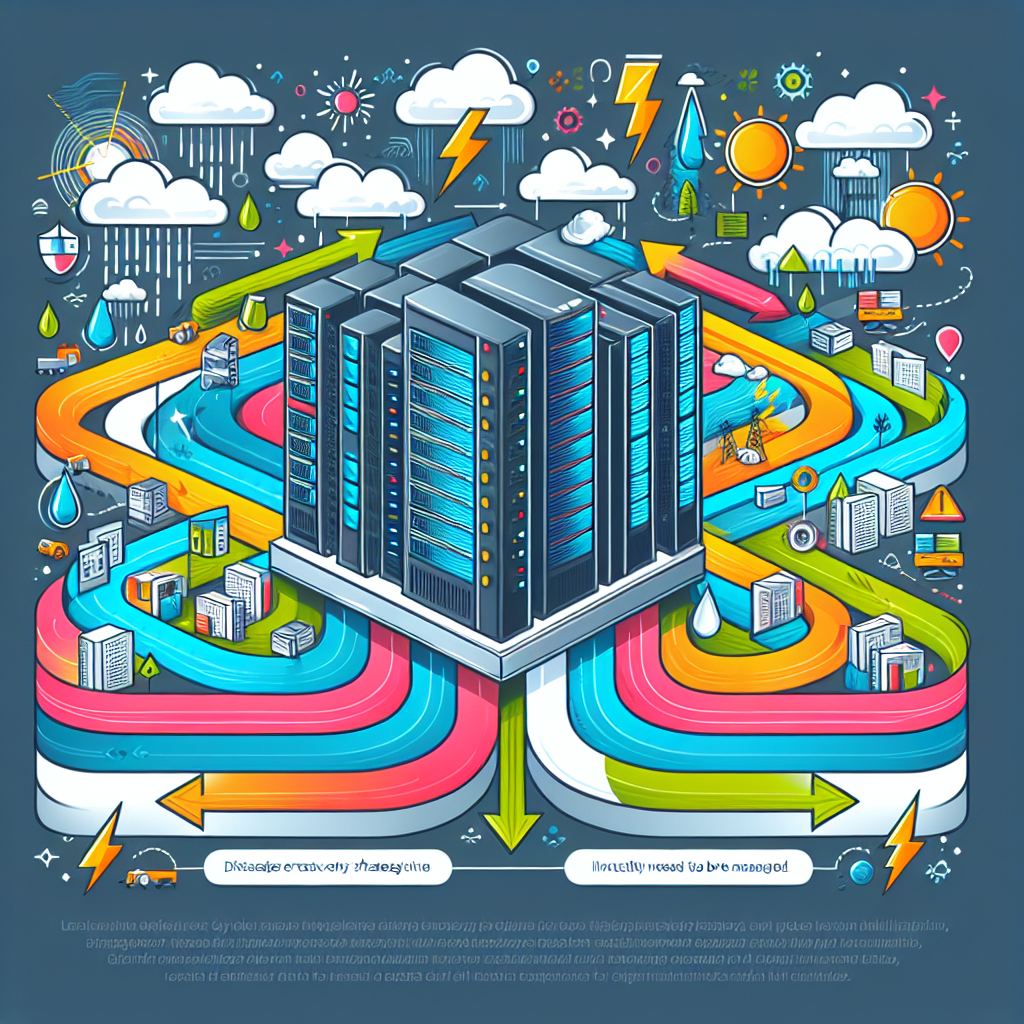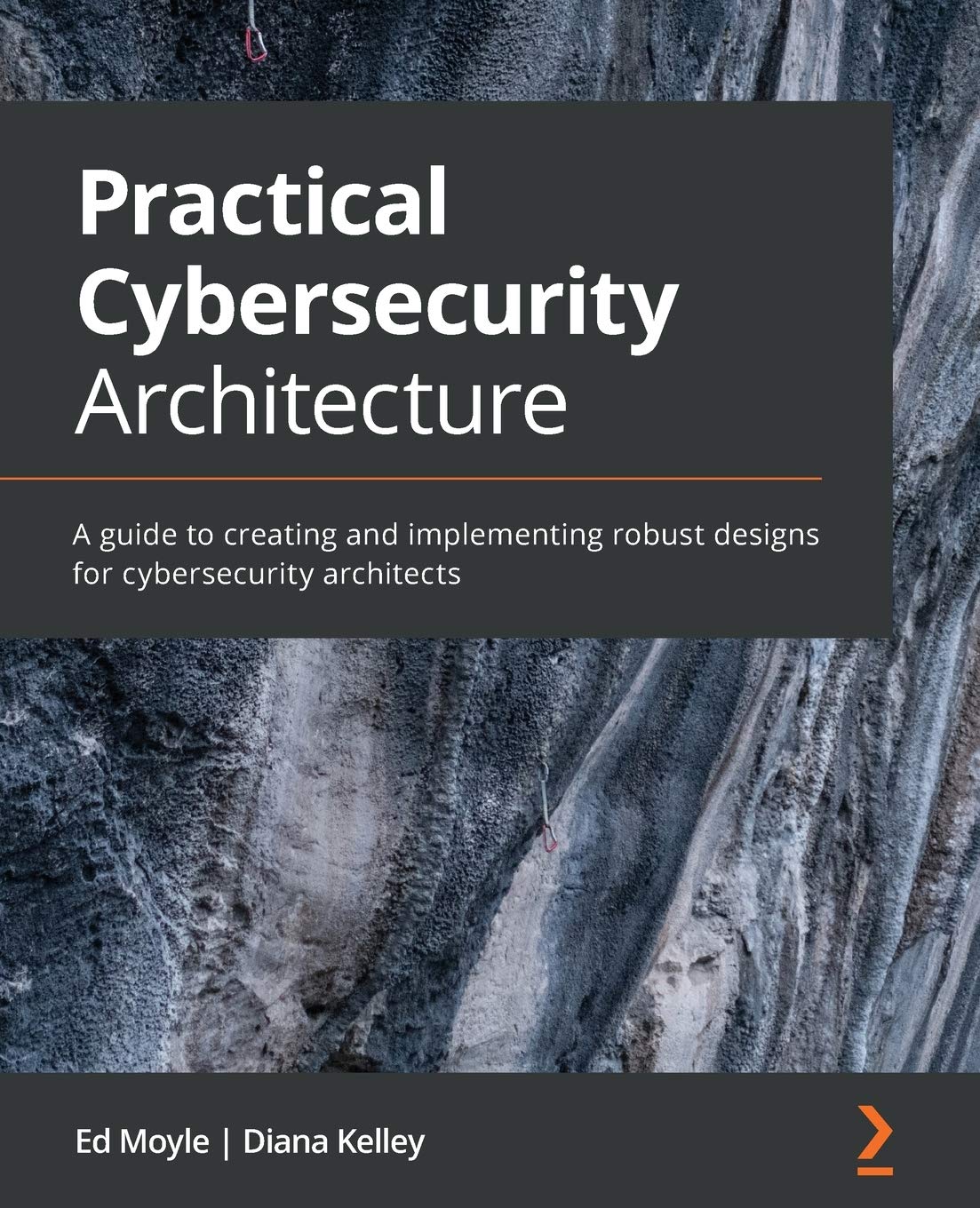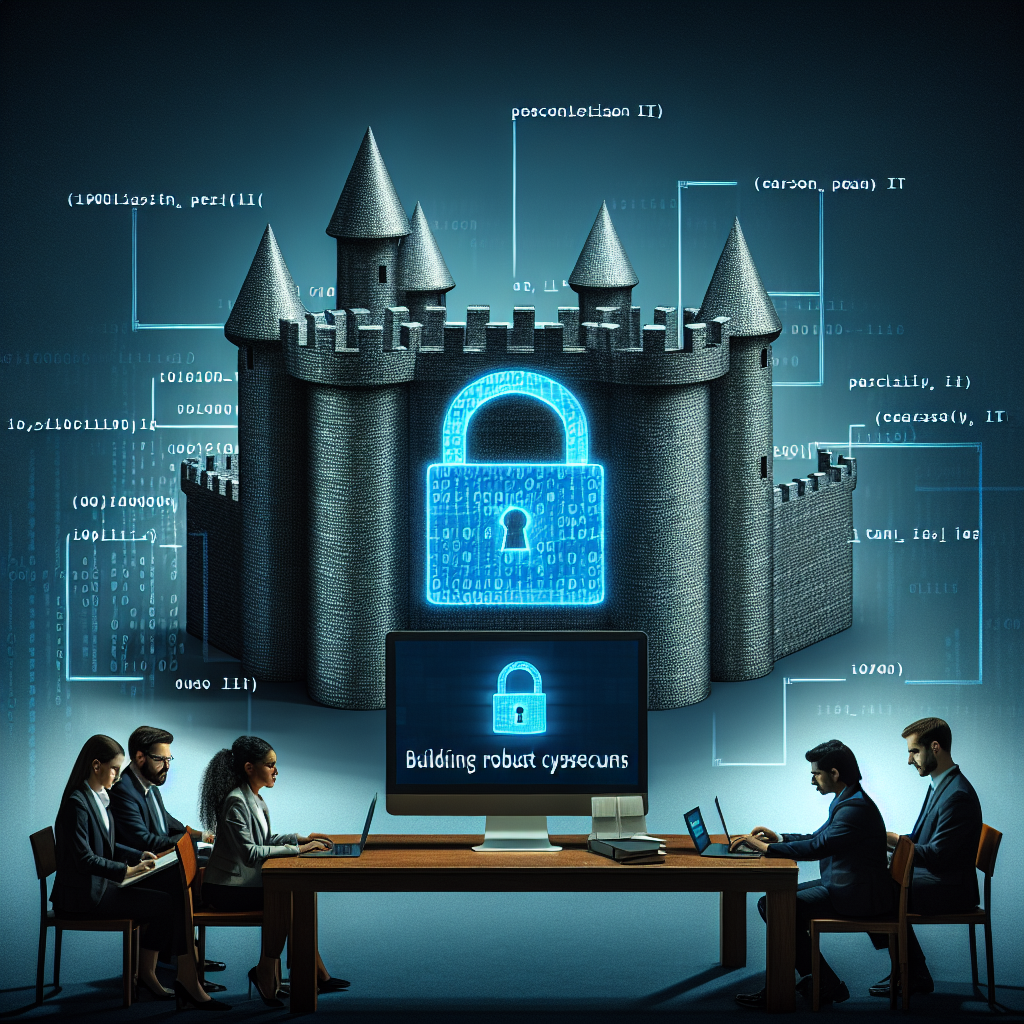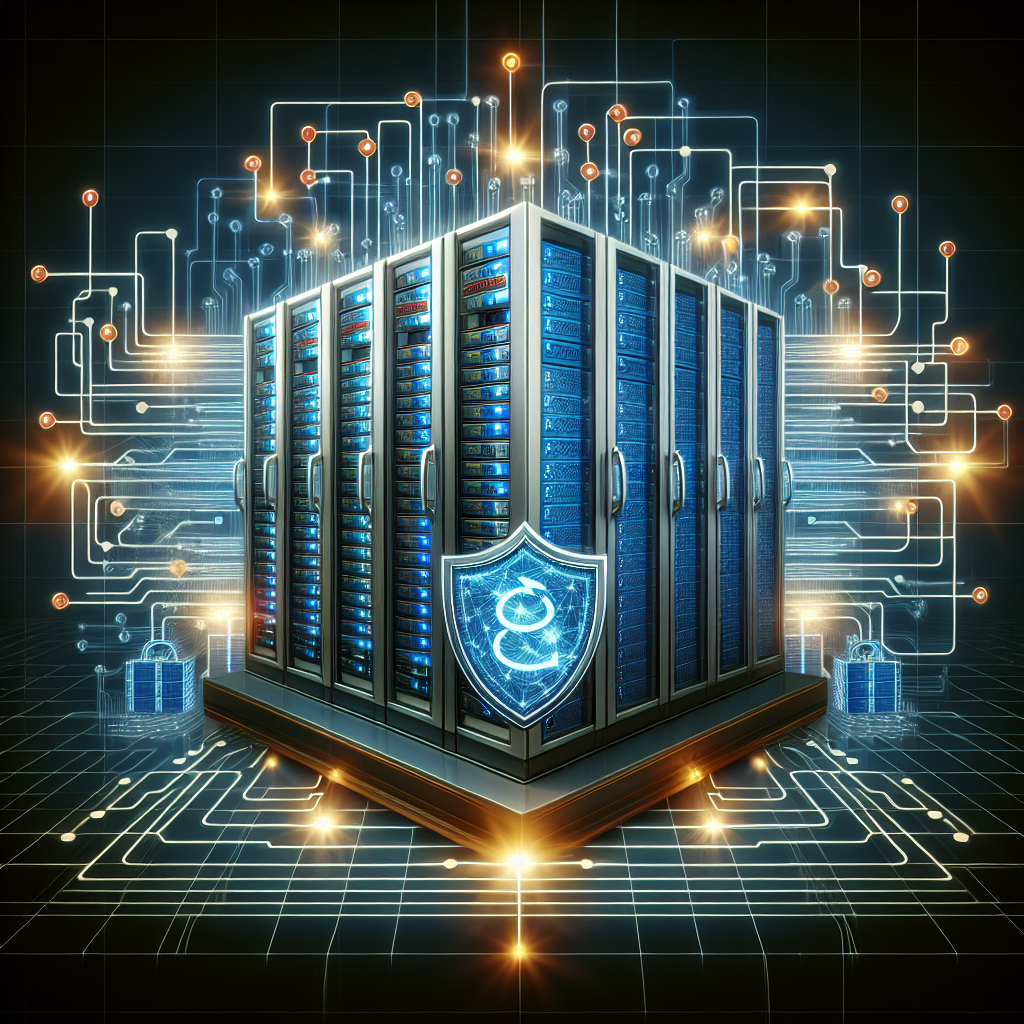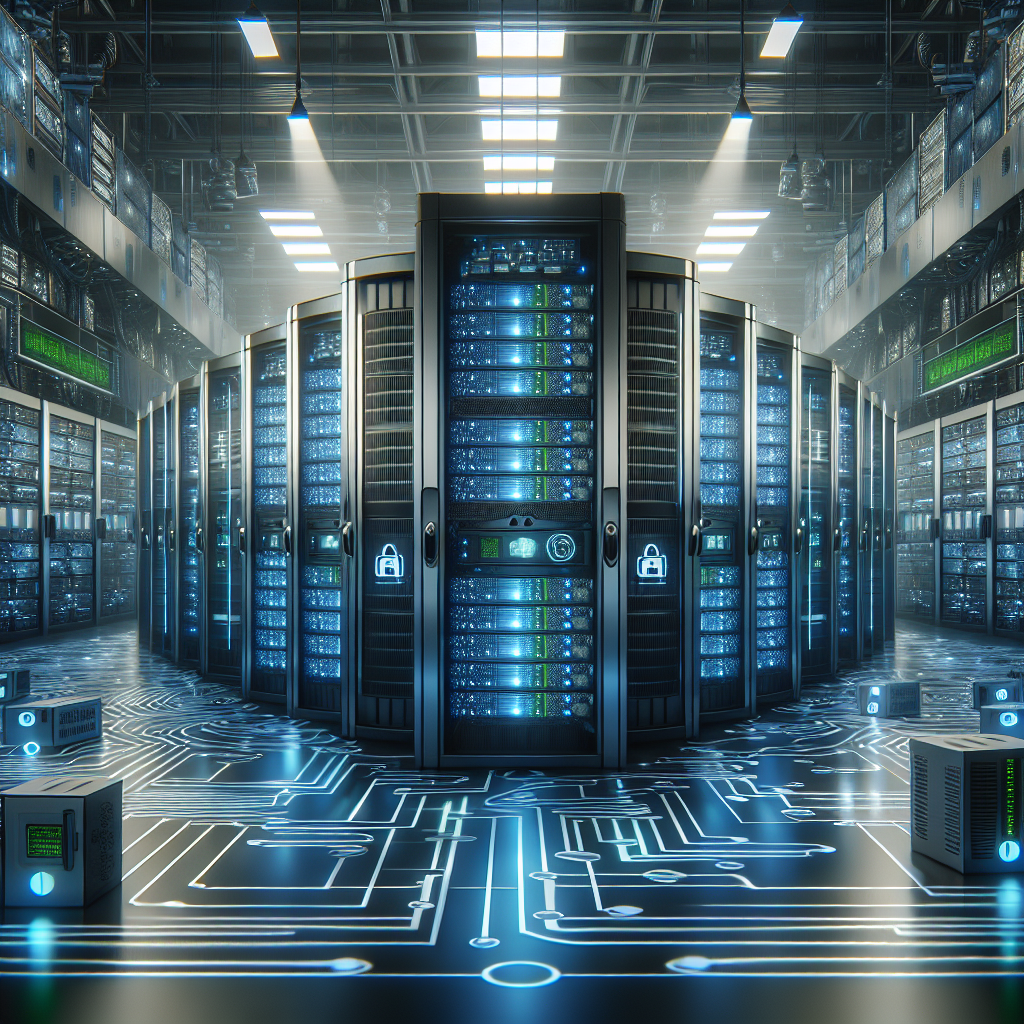In today’s digital age, data is one of the most valuable assets for businesses. With the increasing reliance on technology and the rise of cyber threats, it has become crucial for organizations to have a robust data center disaster recovery strategy in place. A data center disaster recovery strategy is a proactive approach to safeguarding critical data and ensuring business continuity in the event of a disaster.
Implementing a robust data center disaster recovery strategy involves a series of steps and considerations. Here are some key factors to consider when developing and implementing a disaster recovery plan:
1. Assess Risks: The first step in implementing a data center disaster recovery strategy is to identify potential risks and vulnerabilities that could impact the organization’s data center. This includes natural disasters such as earthquakes, floods, and hurricanes, as well as man-made disasters like cyber attacks, power outages, and equipment failures.
2. Define Recovery Objectives: Once the risks have been identified, the next step is to define recovery objectives. This involves determining the acceptable downtime for critical systems and data, as well as establishing recovery time objectives (RTO) and recovery point objectives (RPO) for different data sets and applications.
3. Develop a Disaster Recovery Plan: With the risks and recovery objectives in mind, it is essential to develop a comprehensive disaster recovery plan. This plan should outline the steps to be taken in the event of a disaster, including data backup and recovery procedures, communication protocols, and roles and responsibilities of key personnel.
4. Implement Data Backup Solutions: Data backup is a critical component of any disaster recovery strategy. Organizations should regularly backup their data to secure offsite locations to ensure that critical information can be restored quickly in the event of a disaster. Cloud-based backup solutions can provide added flexibility and scalability for organizations of all sizes.
5. Test and Update the Plan: Once the disaster recovery plan has been developed, it is essential to test the plan regularly to ensure that it is effective and up to date. Testing allows organizations to identify any weaknesses or gaps in the plan and make necessary adjustments to improve overall readiness.
6. Monitor and Maintain: Finally, it is important to continuously monitor and maintain the disaster recovery plan to ensure that it remains effective and aligned with the organization’s evolving needs. Regular reviews and updates will help ensure that the plan is ready to respond to any potential disasters.
In conclusion, implementing a robust data center disaster recovery strategy is essential for organizations looking to safeguard their critical data and ensure business continuity in the face of unforeseen disasters. By assessing risks, defining recovery objectives, developing a comprehensive plan, and regularly testing and updating the plan, organizations can minimize downtime and mitigate the impact of potential disasters on their operations. Investing in a robust disaster recovery strategy is an investment in the long-term resilience and success of the organization.
